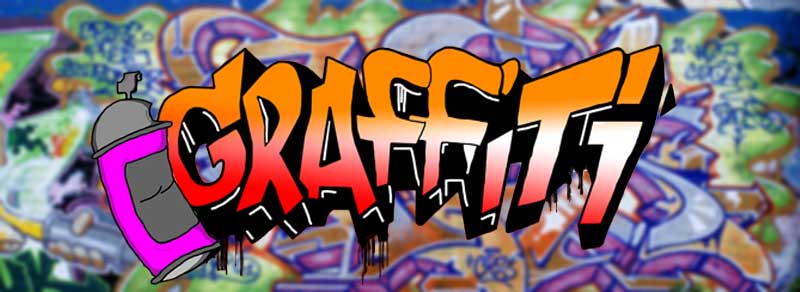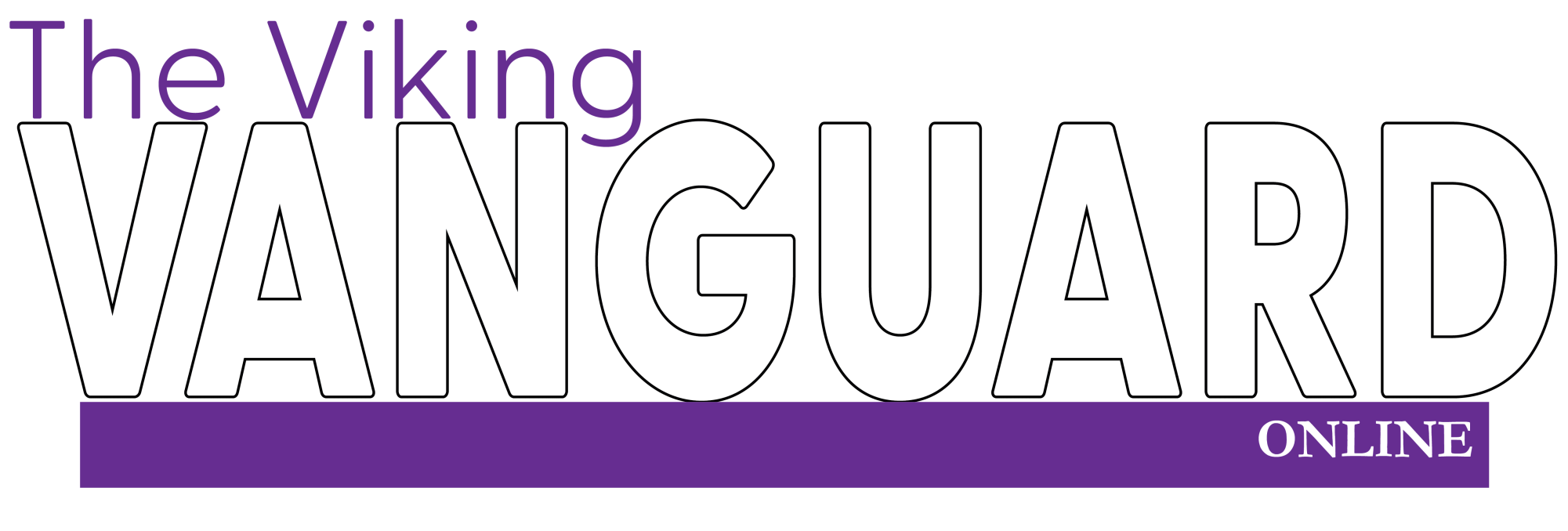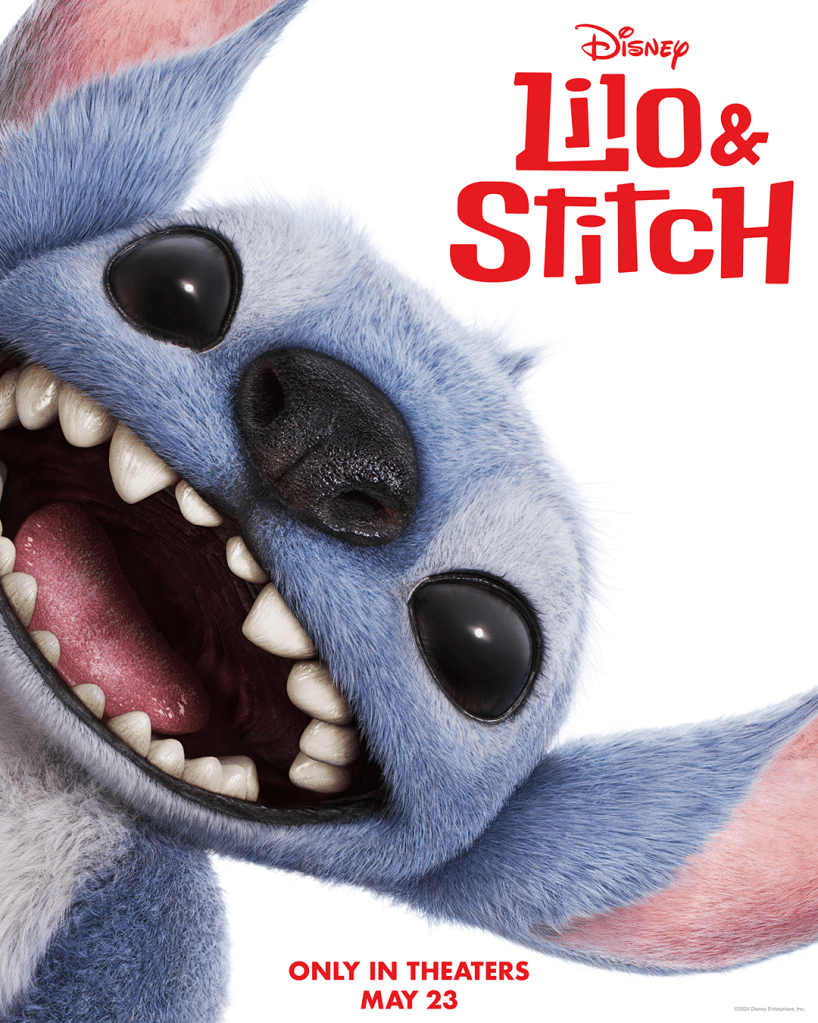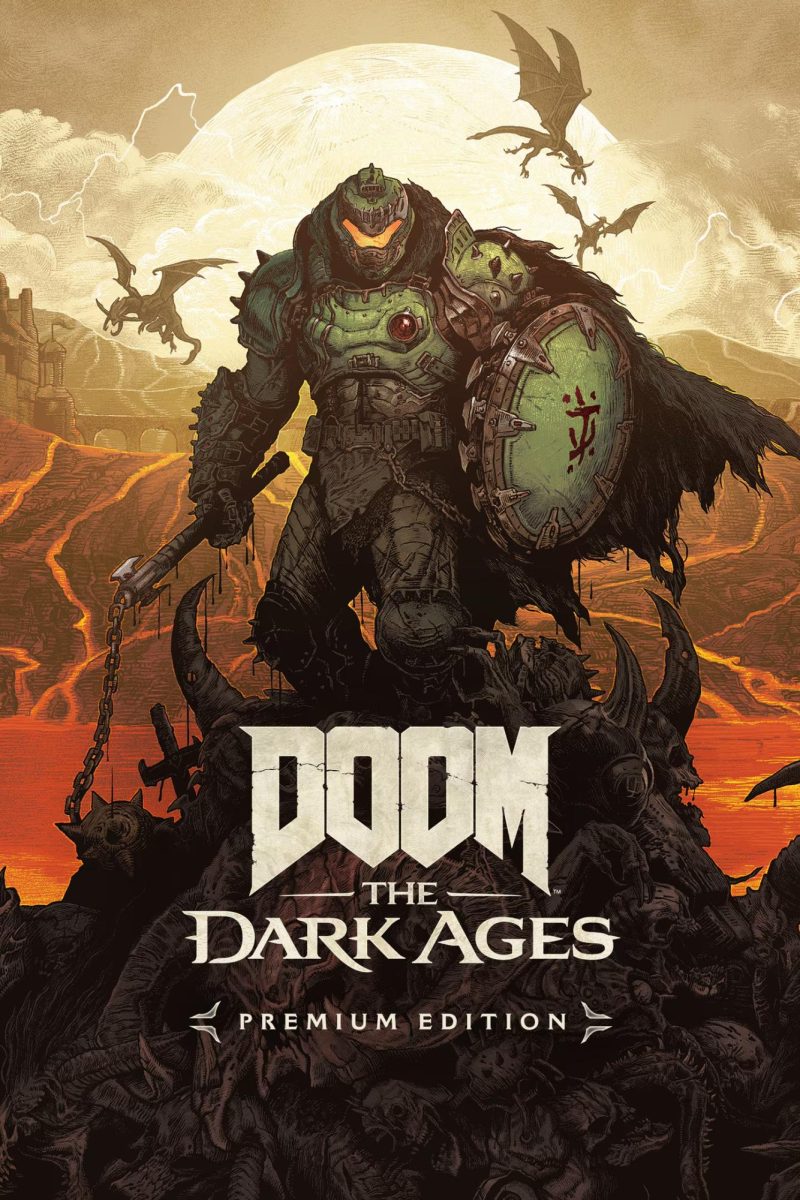
Walking around the Hilltop area in Tacoma, my eyes are drawn to splashes of color around the drab and otherwise poverty-stricken neighborhood.
Murals.
Beauty.
Art.
Graffiti.
When graffiti is mentioned, minds may wander to the stereotypically ugly words scrawled over some old, abandoned building hidden partially in the shadows, vandalism and ill intent. Graffiti is still illegal in our grand state of Washington but perhaps it should not be.
The simplest argument to be made in support of legalizing graffiti is that it can be used to brighten up and make bland areas more beautiful. I live in Tacoma, I walk around the downtown area and other less-wealthy areas of the city frequently.
I will use the Hilltop area specifically as an example. It is dreary and bleak, rundown buildings and houses with boarded-up windows abound. Yet, while traveling through this neighborhood, certain spots will stand out. Color to break the monochrome. A mural painted over what was once an old, ugly building. These small, seemingly unimportant details are like a breath of life to the small community.
Artists struggle, that is a fact. Most of the time, they cannot make a living off of doing what they love. Passion does not equate to success. So why not help them? My own sister loves art, she paints, draws and she teaches art at a high school.
I often hear her vent her frustrations to me, that she wishes she could have more time to simply do art. Unfortunately, she has to make a living so her passion gets pushed aside frequently.
Why not give these artists a means to make money off of their art? Hire them to create beautiful murals that liven things up and bring a smile to others’ faces.
Some might argue that graffiti is an issue for reasons such as artists painting over property that does not belong to them or gang related “tagging” [a signature]. These problems may be resolved through the means of business owners working alongside artists to have their art displayed or similarly, artists working with the city to use specially ordained places.
The Tacoma graffiti garages would be a prime example of this. As for tagging, when walls are covered in legitimate art it is not unusual for taggers themselves to leave the work alone.
Graffiti is frequently used as a medium of expression and a way to promote important causes. It is a way to showcase cultures, to bring attention to whatever it is you want to convey. In Rio de Janeiro, Brazil, graffiti has been made legal. Art and murals line the city with colors bursting through the streets.
Some of this art carries a strong and clear message: end domestic violence. Women in the city paint murals advocating their cause and bringing a spotlight to this important issue. Art does not have to be about just looking pretty. Art can carry varying emotions and tell stories in a way that speech sometimes fails to.
So, why should we ban it? Why must we prevent those stories from reaching our eyes and touching our hearts? I believe we should paint the world, let those colors run vibrant and free. Let those voices be heard and those stories be told. Allow for the legalization of graffiti.




